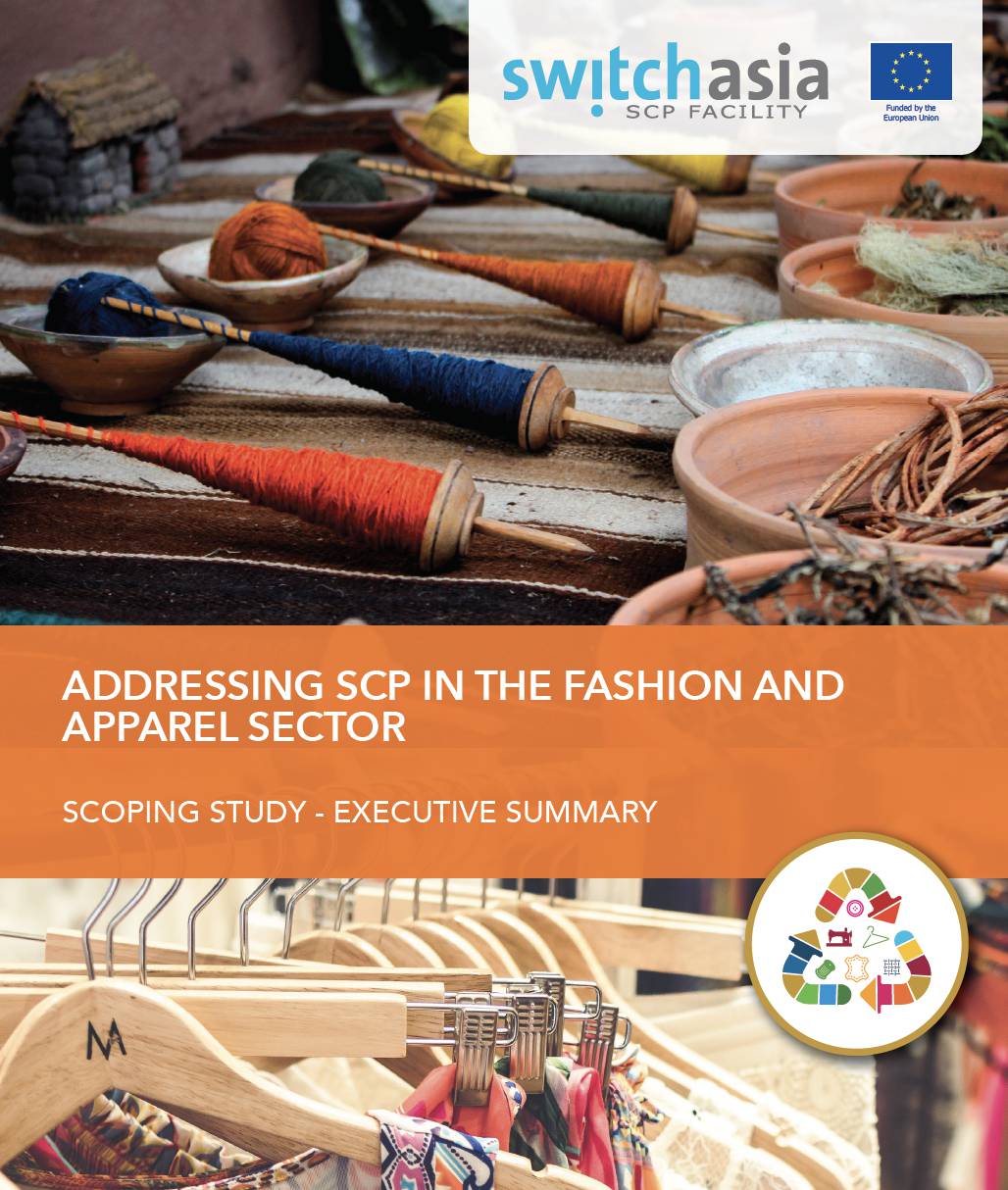
The textile and clothing chains are composed of a wide number of sub-sectors covering the entire production cycle from the production of raw materials (fibres) to semi-processed (yarn, woven and knitted fabrics with their finishing processes) and final/consumer products (carpets, home textiles, clothing) and industrial use (technical textiles). Similarly, the global leather sector comprises multiple industries starting with the preservation of raw hides and skins, the preparation, tanning and finishing of leather, and the production of a range of leather consumer or industrial products. Resource consumption and environmental concerns are important factors encompassing the whole life cycle including agricultural fibre and raw hide production, the chemical and tanning industry, yarn and fabric manufacturing, product manufacture, the actual usage phase of products, and their end of life. With the large-scale outsourcing of textile and leather manufacturing to countries with cheap labour pools and less evolved environmental regulations mainly in Asia, these aspects and the risks associated with them have been transferred as well.
Consumers’ purchase decisions will play a more important role than ever regarding sustainability in the textile and leather sectors. Consumption decision can either support the emerging sustainable fashion/apparel industry or confirm the status quo.


